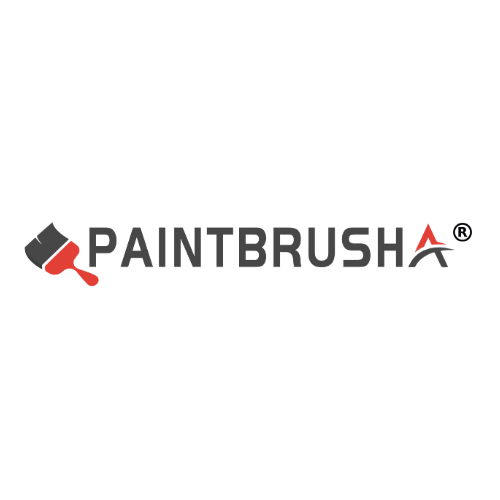When using a paintbrush to paint leather products, the following points should be noted:
First, preparatory work
Choose the appropriate paint
Select the appropriate type of paint based on the material, color and desired effect of the leather products. For leather products, it is recommended to use paints or dyes specifically designed for leather to ensure good adhesion and color effect.
Prepare the painting tools
Choose a high-quality paintbrush. The bristles should be soft, elastic and able to fit the leather surface.
Prepare other necessary tools, such as masking tape and rollers (if applicable), to handle the details during the painting process.
Clean the leather surface
Clean the leather surface with a dedicated leather cleaner or mild soapy water to remove dust, oil stains and other impurities.
Make sure the leather surface is completely dry before applying the coating.
Second, the painting process
Protect the surrounding areas
Before painting, protect the surrounding areas of leather goods, such as metal fittings and stitching, with covering paper or tape to prevent paint from splashing onto these parts.
Apply primer (if necessary) :
For some leather goods, it may be necessary to apply a layer of primer first to enhance the adhesion of the paint and the color effect. The primer should be of the type that matches the topcoat and applied in accordance with the instructions.
Apply topcoat
Use a paintbrush to dip an appropriate amount of paint and apply it evenly on the leather surface.
When painting, pay attention to controlling the force and speed to avoid brush marks or sagging.
If multiple layers of paint are required, they should be fully dried between each layer before applying the next one.
Pay attention to detail handling
For the corners, seams and other detailed parts of leather products, a small brush or cotton swab should be used for meticulous brushing to ensure even coverage of the paint.
Avoid splashing paint into the creases or gaps of the leather to prevent it from affecting its appearance and durability.
Third, post-painting treatment
Drying and curing
After the coating is completed, place the leather products in a well-ventilated area to dry naturally. Avoid direct sunlight or high-temperature environments to prevent affecting the drying effect of the paint and the quality of the leather.
According to the paint’s instructions, wait for sufficient curing time to ensure that the paint is completely dry and cured.
Inspection and rectification
After drying, carefully inspect the surface of the leather products to see if there are any defects such as missed brushing, brush marks or sagging.
If necessary, fine sandpaper or polishing tools can be used to slightly grind and trim the surface to enhance its smoothness and aesthetic appeal.
Fourth, Precautions
Avoid using ordinary paint
Ordinary paints may not be suitable for leather goods as they may not adhere well to the leather surface or cause damage to the leather. Be sure to choose paints or dyes specifically designed for leather.
Control the amount of paint used
When painting, control the amount of paint used to avoid excessive use which may cause sagging or an uneven surface after drying. At the same time, it is also necessary to ensure that the paint can evenly cover the leather surface.
Pay attention to the construction environment
The construction environment should be well-ventilated to prevent the smell of paint from causing discomfort to the human body. At the same time, it is also necessary to avoid construction in damp or high-temperature environments to prevent affecting the drying effect of the paint and the quality of the leather.
Personal protection
During the painting process, appropriate protective equipment such as gloves, masks and goggles should be worn to protect the skin and eyes from the irritation and harm of the paint.
Test effect
Before the formal application, a small-scale test can be conducted in an inconspicuous area to check whether the color, adhesion and drying effect of the paint meet the requirements.
